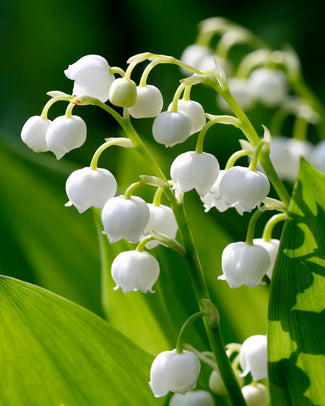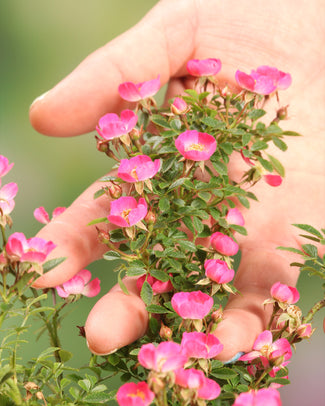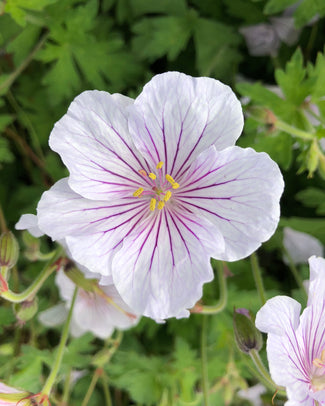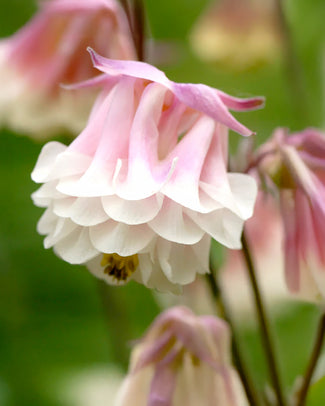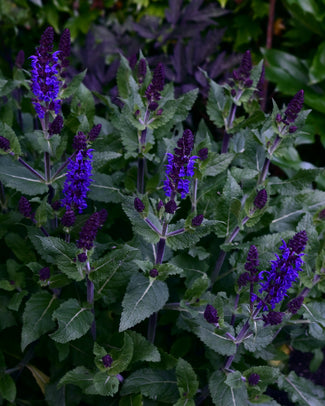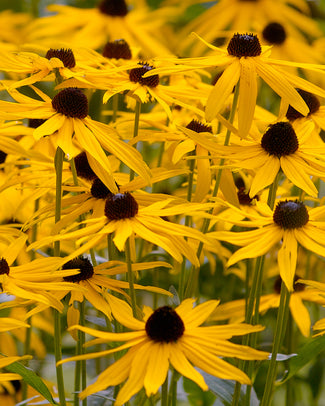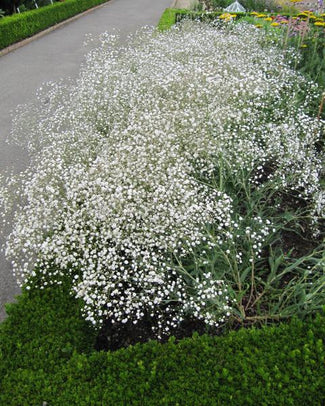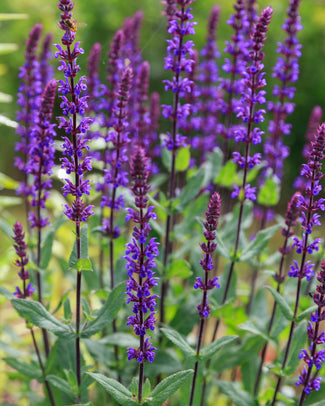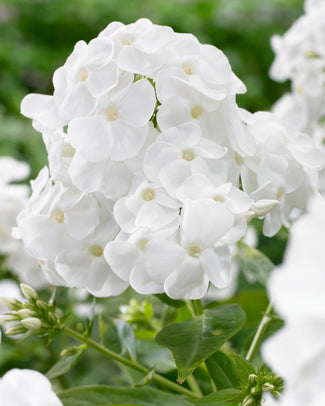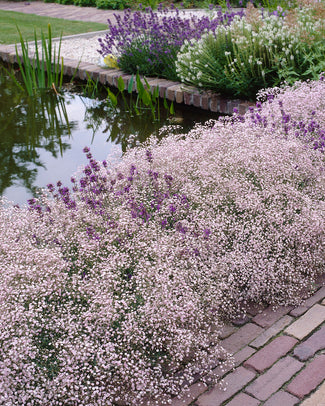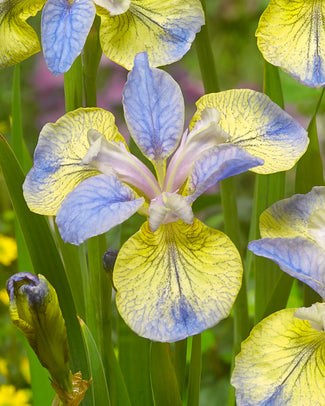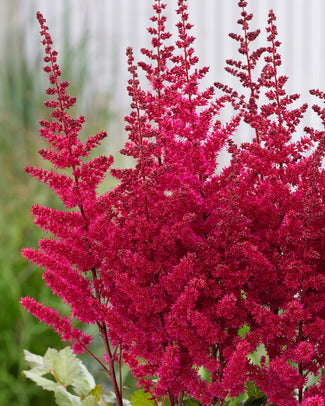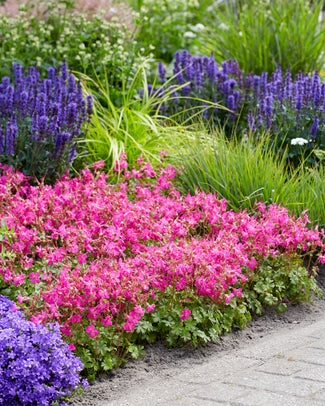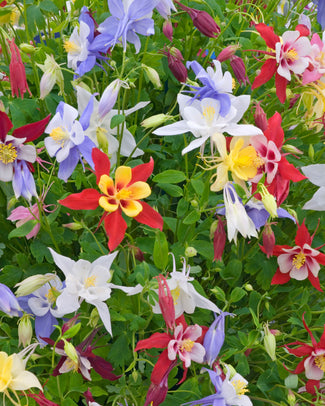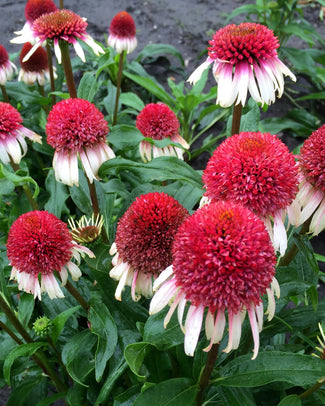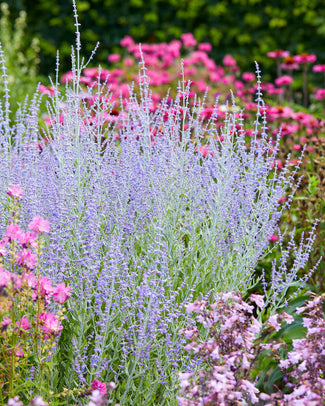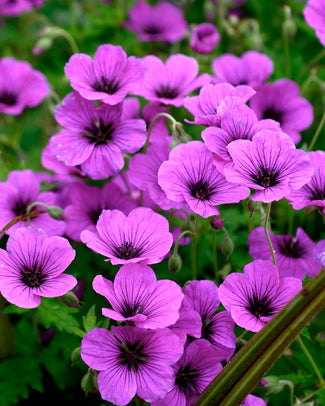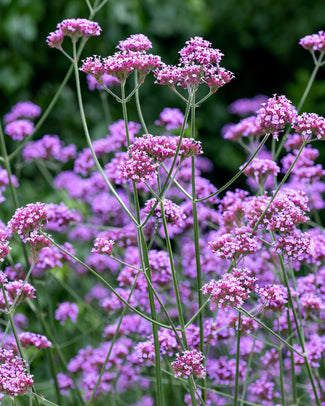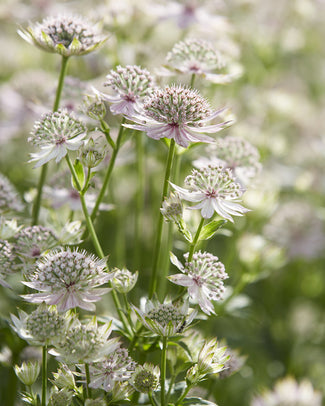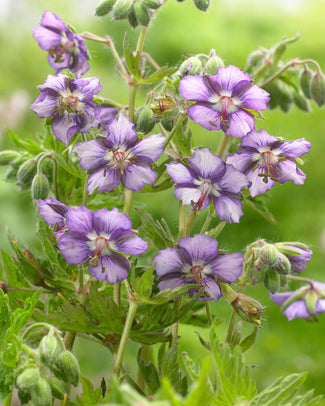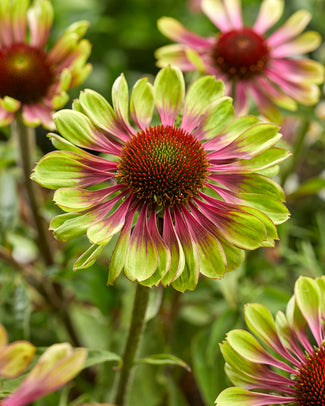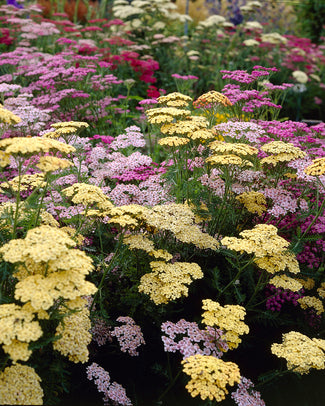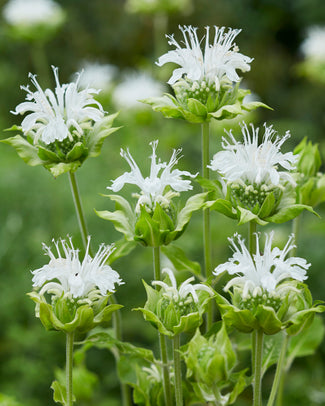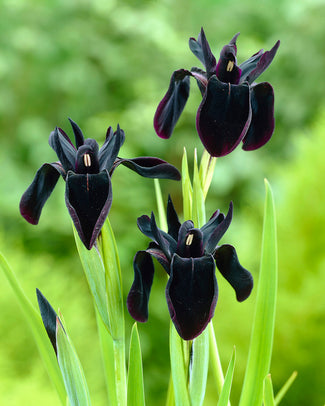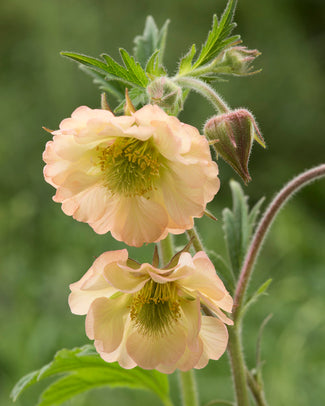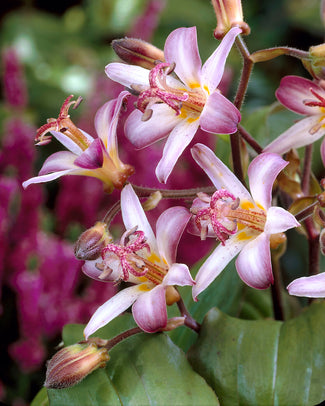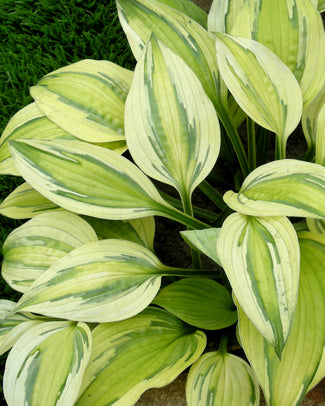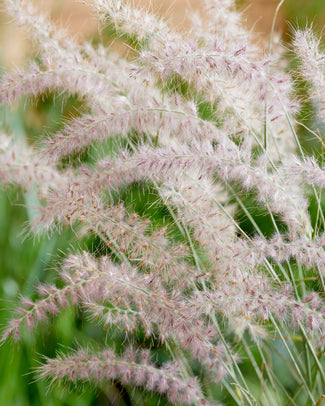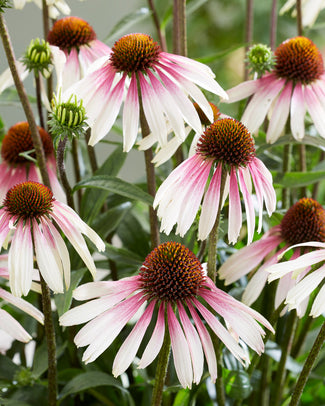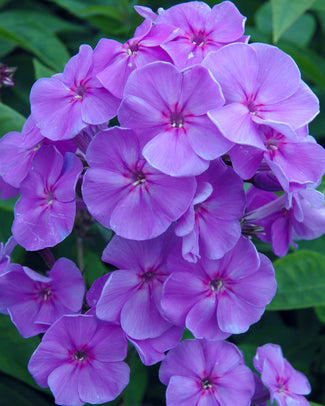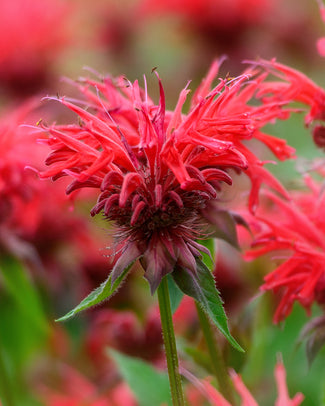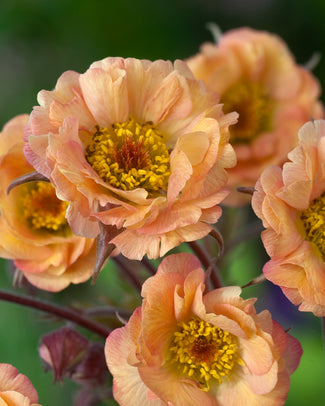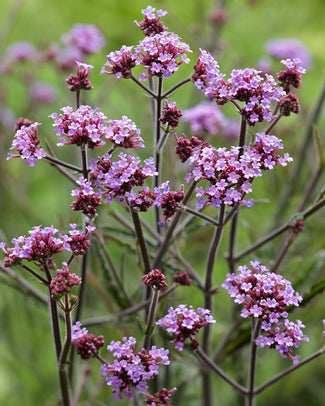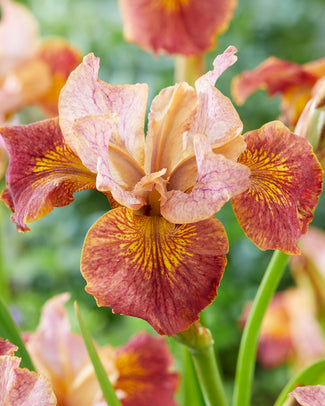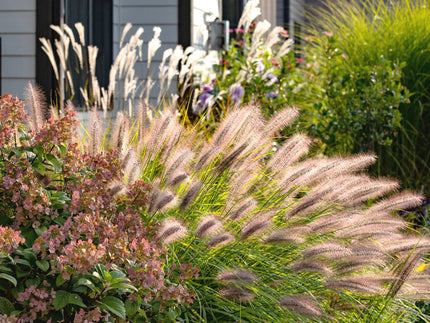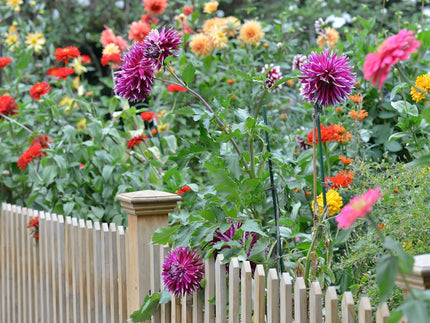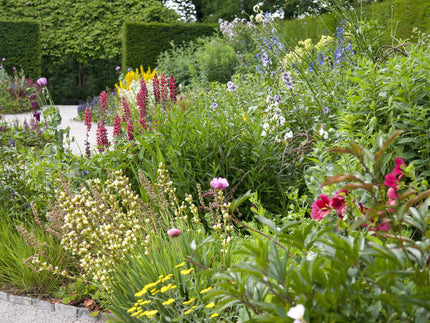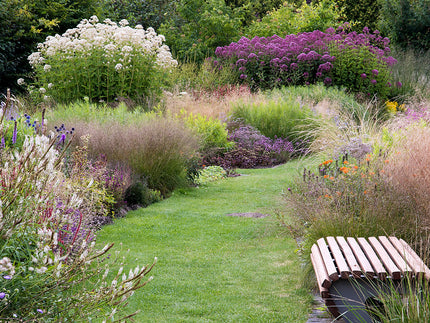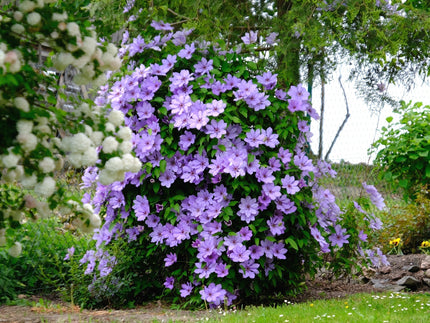How to plant Aster
Aster is native to Northern Europe, and is a fully hardy perennial that requires no winter protection in most areas. Plants will produce more flowers in a sunny, sheltered spot, but will also tolerate partial or dappled shade. Asters prefer a loam or clay soil, which is consistently moist but well-drained. They bloom from late summer into autumn, so are great for providing colour and attracting pollinators with their nectar-rich flowers later in the season.
How to plant
- Plant Aster bare roots in spring between February and May, ideally within a week of delivery.
- Soak the roots in water for 3-6 hours prior to planting. Pot into temporary 2 litre (or 15-20cm diameter) pots, using a good quality multi-purpose compost.
- Plant with the roots submerged and with the top of the root system just level with the soil surface. Any shoots or leaves which have emerged already should be left exposed above the soil surface.
- Grow them on in a sheltered area outside. They can be transplanted into suitable growing positions after 2-4 months or once growth is established and the plants easily come out of the temporary pots with the soil held intact by the roots.
- When planting into the garden, choose a position in a border in full sun or partial shade and free-draining soil. Ensure the area is dug over and cleared of weeds first.
- Keep space clear around the young plant, removing excess growth from neighbouring plants in the border to reduce competition.
- This perennial is fully hardy to around -15C and does not require winter protection in most areas.
- Water-in after planting and keep hydrated when in growth, particularly during the first year.
Aftercare
- Leaves emerge during spring, soon after planting. Asters flower in late summer/autumn, sometimes bare root perennials do not flower in the first year while they’re settling in, but leaves should be expected by summer.
- Asters die back in late autumn. You can cut back the flower stems to around 5cm above soil level anytime after the flowers have faded, during autumn or winter. New growth will emerge from the base of the plant again in spring.
- Asters gradually spread as their root system grows and in doing so, they form an established clump which produced more flowers each year. You can lift sections of large clumps during winter or early spring if needed and replant them in other areas of the garden to form new groups.
- Asters should be planted at a spacing of 20cm between plants.
































































































































































































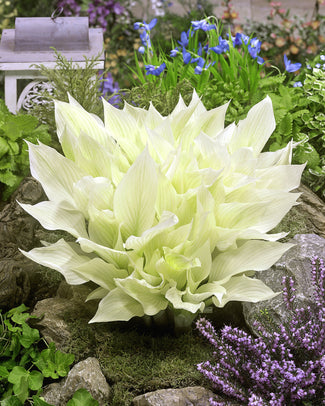
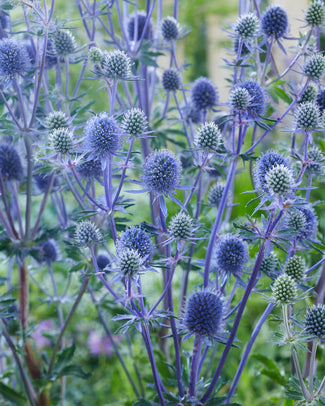
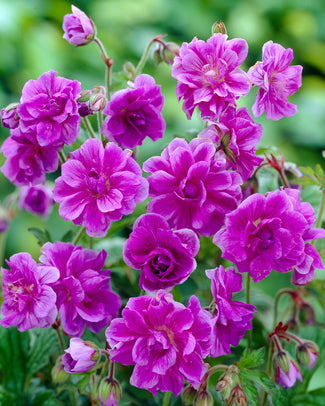
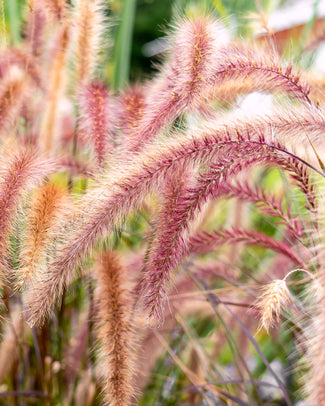
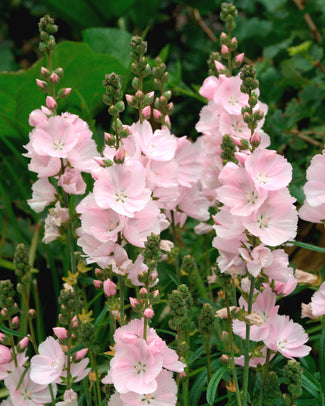
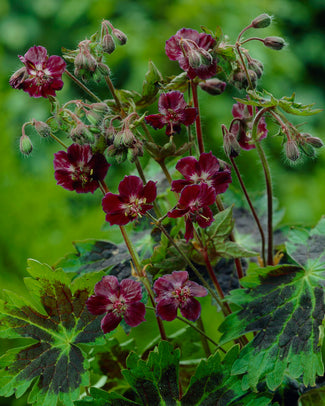
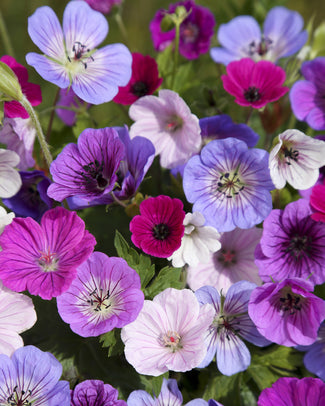
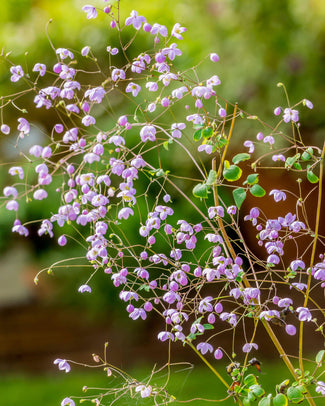
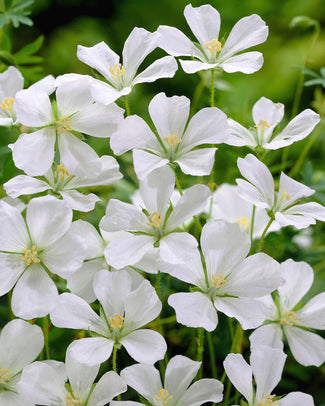
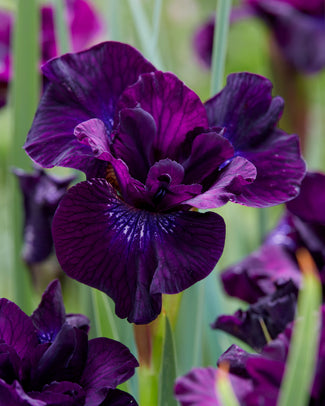
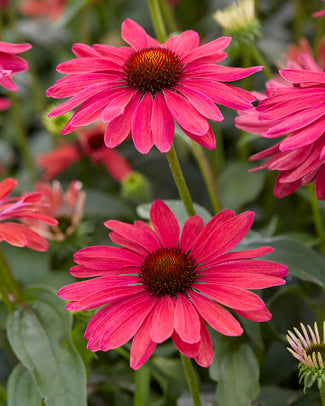
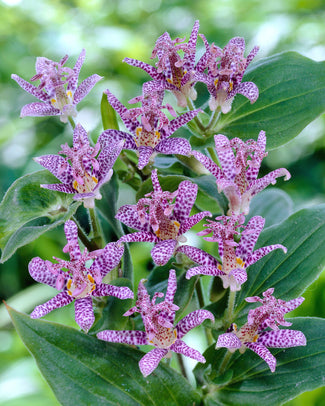
![Agapanthus 'Black Buddhist' []](http://www.farmergracy.co.uk/cdn/shop/products/agapanthus-black-buddhist-1_325x.jpg?v=1575625838)
